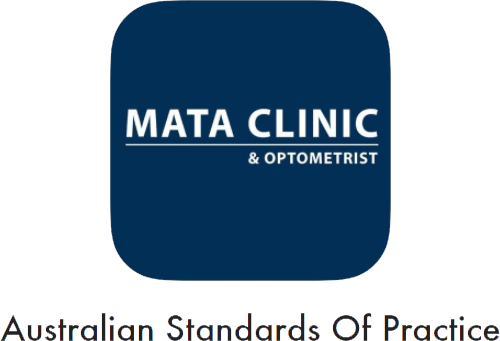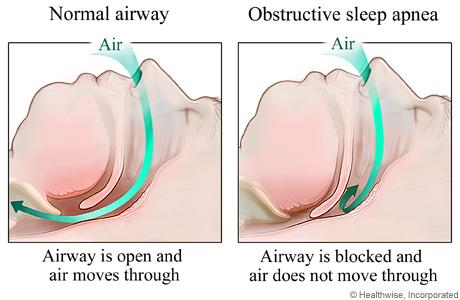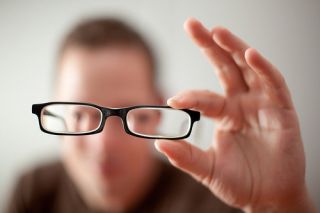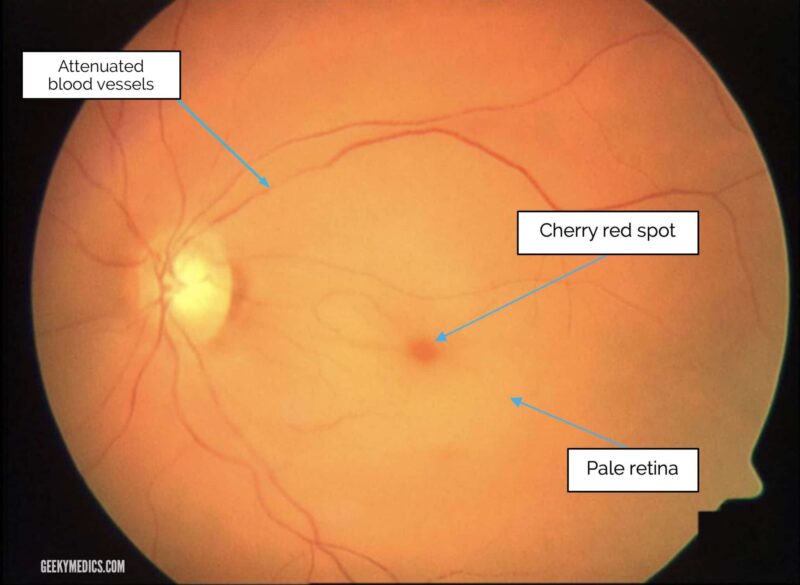Today, most of our children’s time are spent on viewing digital screens at near distances instead of playing outdoors, which is a key risk factor for an eye condition called myopia, also known as short-sightedness. It is no surprise that more children are increasingly developing myopia, particularly during their primary school years and even as young as 2 years old. Malaysia is widely known as the myopia capital of the world, with 65% of our children developing myopia by Primary 6, and this number increasing to almost 80% by the time they leave secondary school [1].
What are the common signs and symptoms of myopia?
The common signs and symptoms of myopia in children may include:
- Blurry vision when looking at distant objects
- Frequently holding their books or devices close to their eyes
- Sitting too close to the television or the computer
- Blinking and rubbing their eyes excessively
- Having trouble reading things on the whiteboard during class
- Frequently squinting when looking at distant objects
If you notice your children experiencing any of these signs and symptoms, it is important to schedule an appointment with an eye care professional to get their eyes checked.
If not detected and managed early, children with myopia are also at risk of developing a more serious form of myopia called high myopia. Children with high myopia have a much higher risk of developing other serious eye diseases later in life, such as early cataracts, glaucoma, and retinal detachment, all of which can lead to blindness.
Indeed, the increasing prevalence of myopia, particularly in young children, is a rising public health concern in Singapore, negatively impacting the health and well-being of our next generation [2]. Not only that, parents need to also understand how myopia has a direct impact on one’s learning ability, especially during their early childhood.
How does myopia impact children’s learning?

There is no doubt that being able to focus and pay undivided attention in class is key to succeeding in school. Children with vision problems such as myopia find it hard to read written notes on the board that are small or far away from their seats. This can inevitably impact their ability to focus on a classroom setting, thus interfering with their academic learning.
Poor vision also affects learning through lower reading comprehension skills. Children with vision problems usually confuse similar looking words as they can’t see the text well. This impedes learning as they may struggle to perform with their overall academic learning and keep up with class assignments. Furthermore, research has also shown that severe myopia is also linked to a lower self-esteem in children [3]. All of which can increase the chances of children falling behind in school.
Ways to slow down myopia progression in your child
While myopia tends to worsen as children get older, there are various interventions available that can help slow down the progression of myopia in their childhood and teenage years. Now, what can you do as a parent to help manage your child’s myopia progression and keep their eyes healthier?
Lifestyle interventions
Research over the past 10-15 years has shown that the progression of myopia in children may be slowed through lifestyle interventions. Here are a few lifestyle interventions and strategies to help reduce your child’s risk of myopia:
- Spend more time outdoors with your child – at least 2 hours each day during daylight hours.
- Encourage good eye health behaviours such as keeping your child’s eyes an arm’s distance away from the digital screens and reading materials.
- Take regular breaks while using digital devices. You can use the simple 20-20-20 rule – For every 20 minutes of screen usage, look away for 20 seconds by focusing on something that is 20 feet away.
- Schedule regular and timely comprehensive eye examinations based on the recommended guidelines in your country. In Singapore, school going children are recommended to have an eye exam at least once every 1-2 years.
- Limit your child’s screen time – According to the recent guidelines from the World Health Organisation (WHO), kids aged 1 year and younger should not be exposed to any screen time at all. Those aged 2 to 5 should get at most an hour or less of sedentary screen time each day [4].
These lifestyle interventions have been shown to be effective in reducing the progression of myopia and therefore, reducing their risk of developing sight-threatening eye conditions associated with severe cases of myopia (high myopia) later in their lives.
Healthcare interventions
While practising the above good behaviours can go a long way in slowing the progression of myopia, in some cases, children may have fast progressing myopia such that healthcare interventions are needed to slow its progression. It is important to note that myopia treatment options such as single vision glasses or contact lenses help to correct myopia and produce clear vision, but do not slow down its progression.
Today, several myopia control interventions are available to slow down the progression of myopia in children. These range from wearing special myopia control spectacles, using prescriptive eye drops and special myopia control contact lenses.
For more information, www.mataclinic.com/





Recent Comments